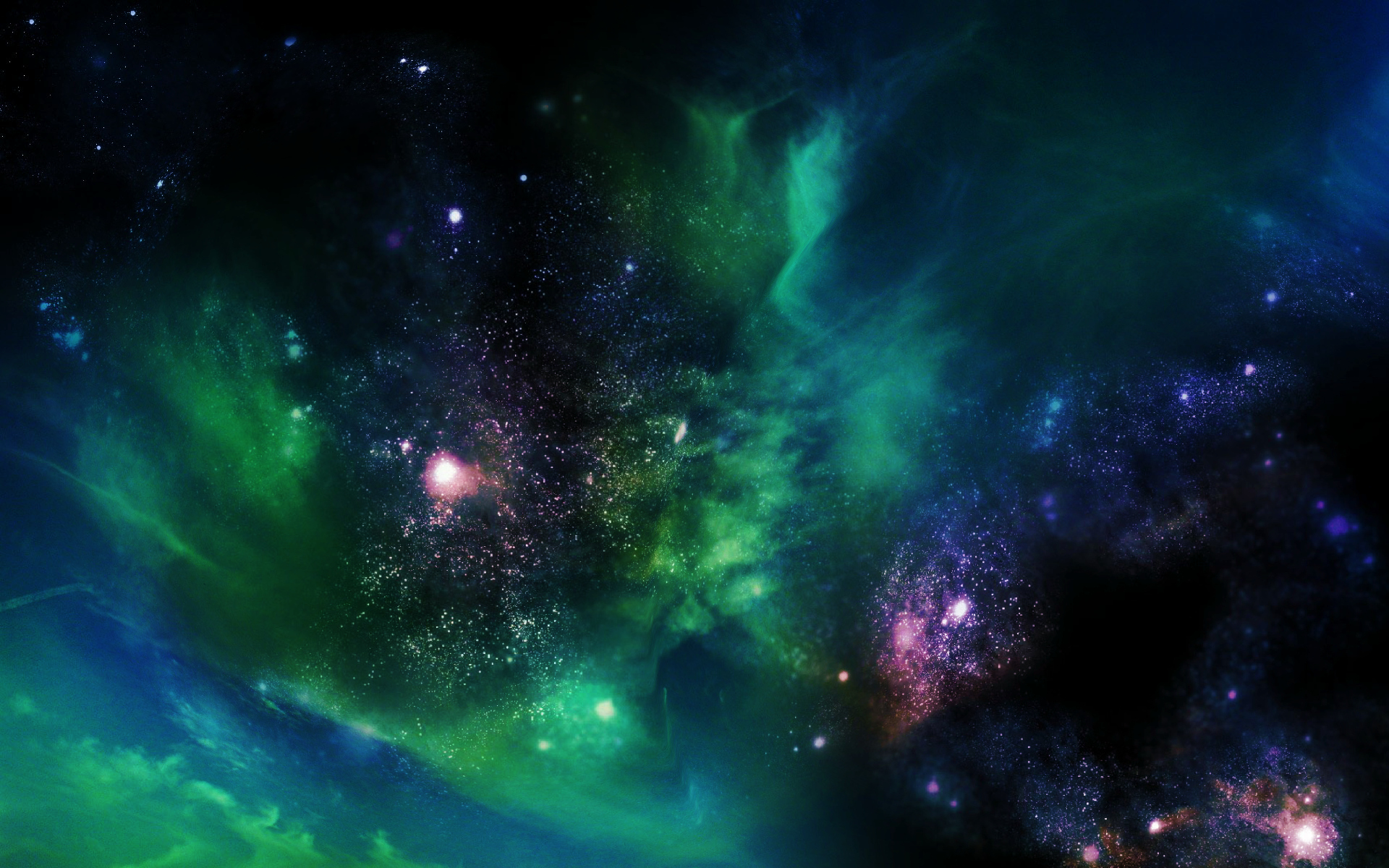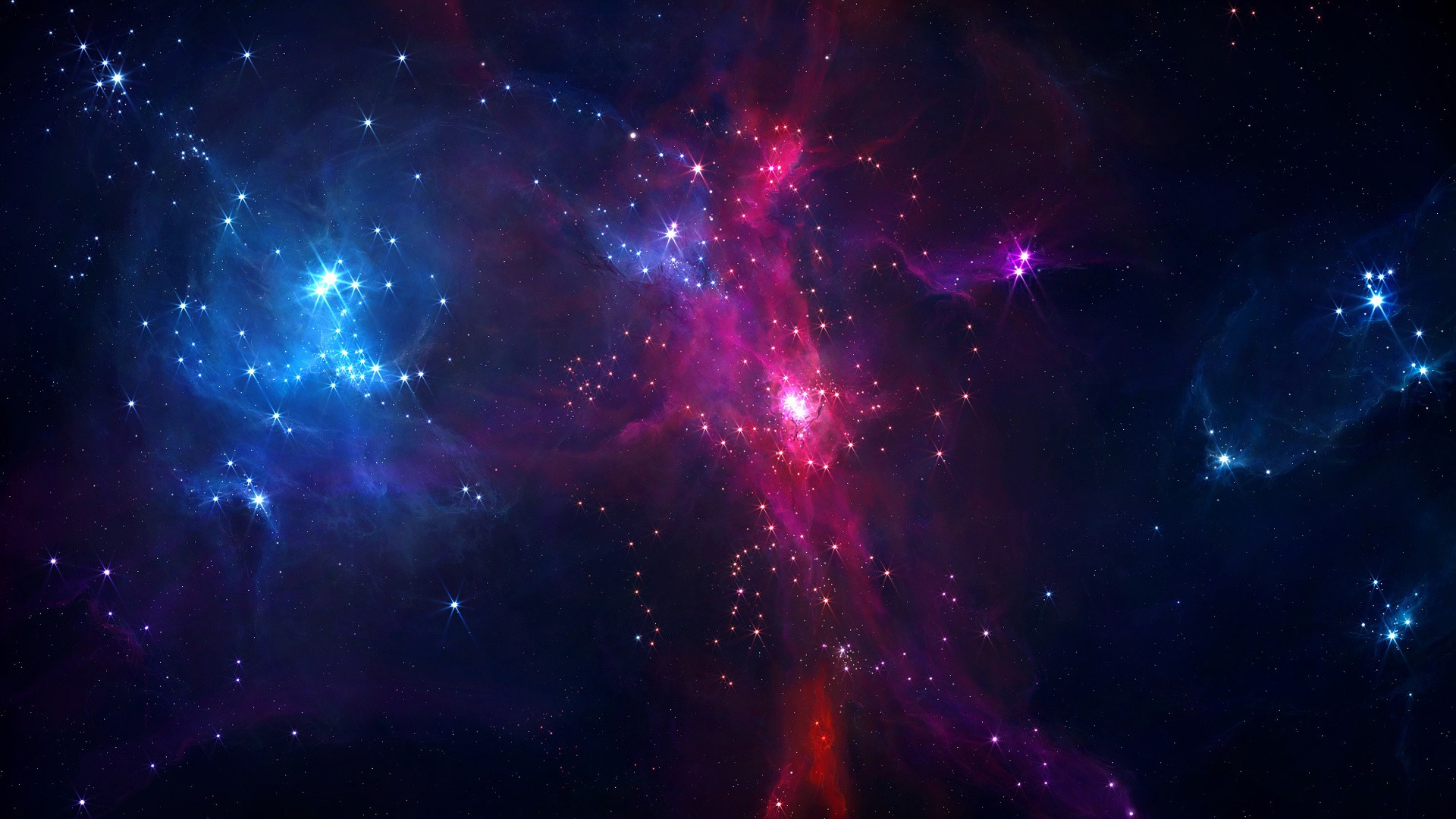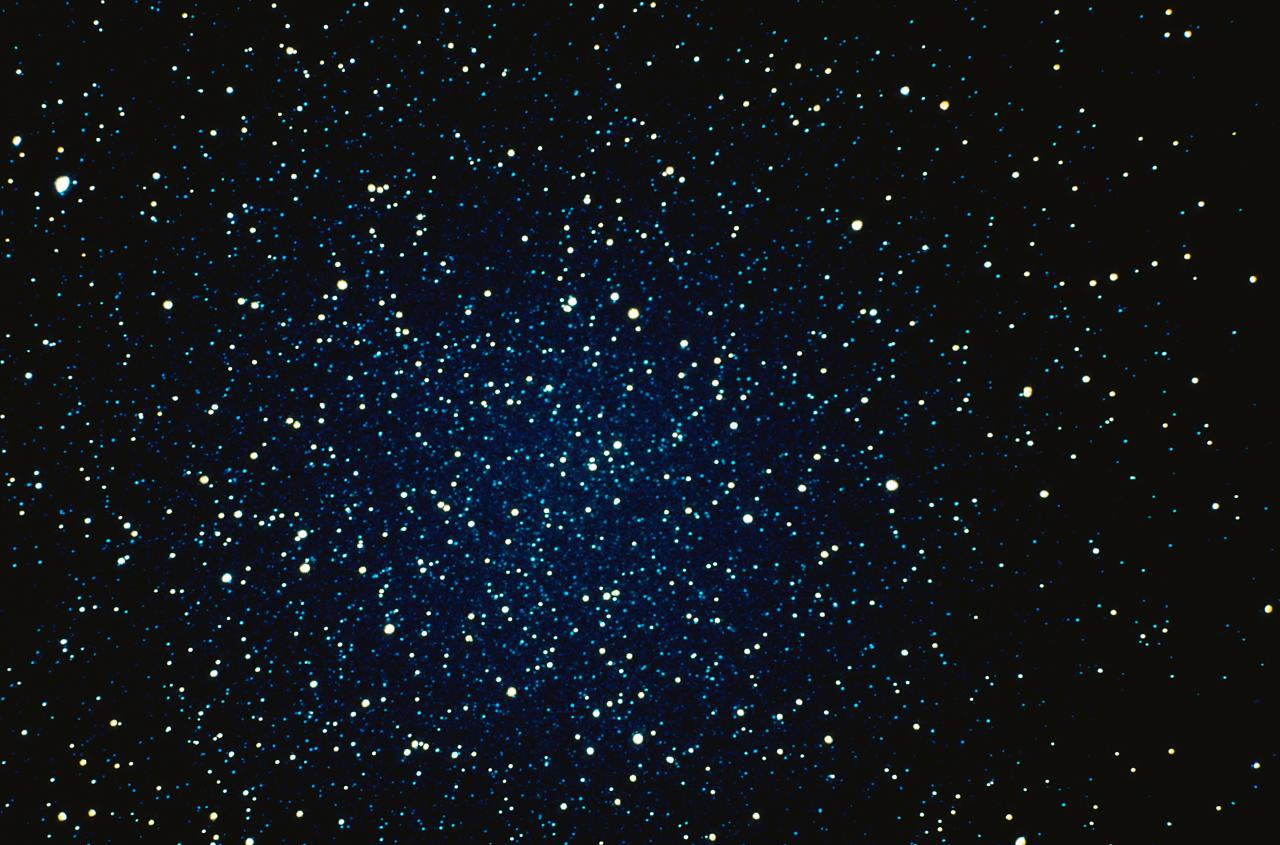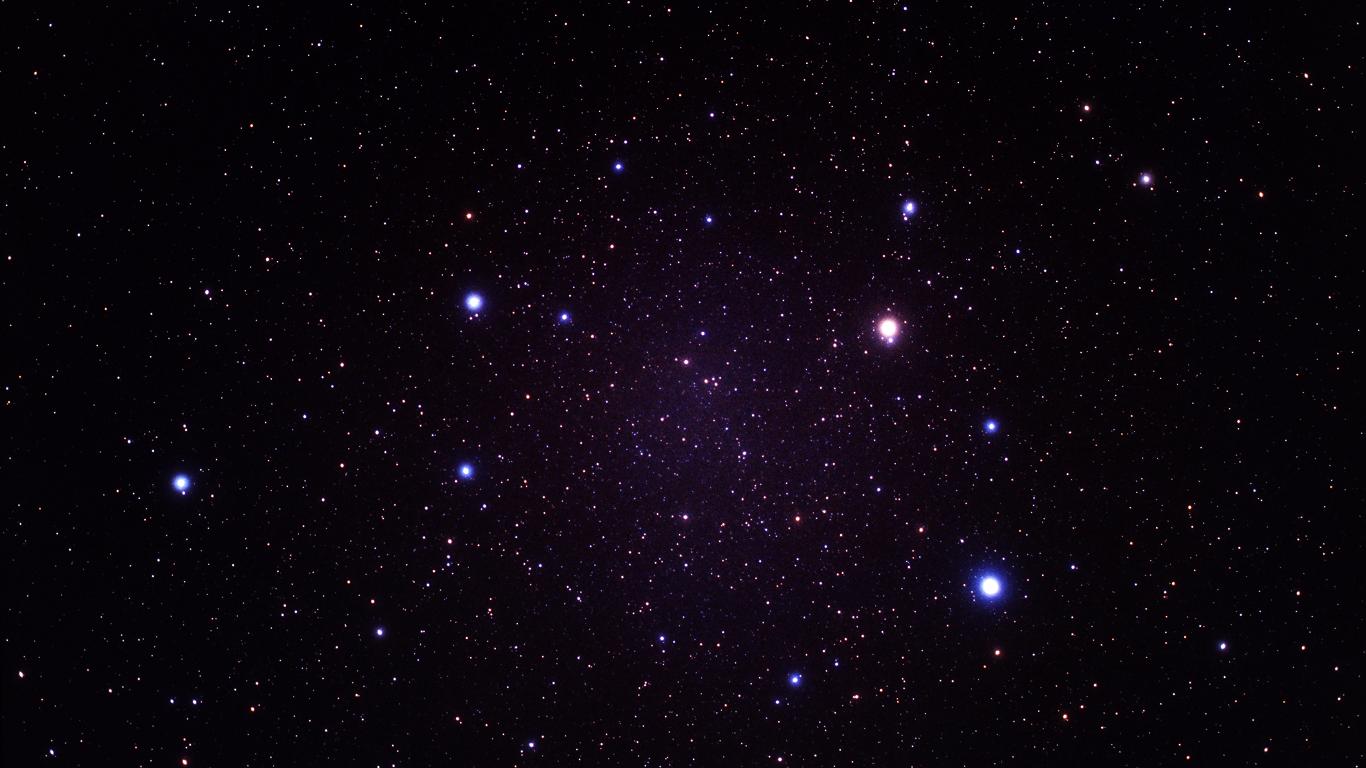
The first set of results are in -- no dark matter proof yet. But for the research team, the best news is that the machine actually works.

Engineers at CERN took magnets originally designed for the LHC, combined them with X-ray focusing technology originally designed for space, and built a device that could spot axions arriving here from the Sun.

A team of astronomers in Canada used the space-bending effects of dark-matter to see the unseeable.

Scientists have proposed a new theory that combines some of the most mysterious phenomena in the Universe - black holes, gravitational waves, and axions - to solve one of the most confounding problems in modern physics.

The bars in galaxies are spinning more slowly than we thought because of dark matter.

Vera Rubin, one of the most important astronomers of the 20th century, died on December 25th at age 88. She played a seminal role in our understanding of dark matter, and should have been awarded a Nobel Prize in Physics, but never was.

Topological defects in the Universe itself could be picked up by atomic clocks.

In the search for the mysterious dark matter, physicists have used elaborate computer calculations to come up with an outline of the particles of this unknown form of matter.

An advanced dark matter detector that hopes to find a rare collision between a dark matter particle and normal matter has just been approved in the US

Dragonfly 44, as it has been named, is roughly the same size as our Milky Way but with far fewer stars. Rather, the galaxy appears to be composed largely of dark matter, which does not emit light or interact with electromagnetic radiation.

An international team of astronomers reports that they were able to achieve four times better precision in measurements of how the universe's visible matter is clustered together by studying the empty spaces in between.

The Large Underground Xenon (LUX) dark matter experiment, which operates beneath a mile of rock at the Sanford Underground Research Facility in the Black Hills of South Dakota, has completed its silent search for the missing matter of the universe.

Now, some astronomers are beginning to think that dark matter is actually made up of ancient black holes formed during the first second of our universe's existence.

Terrific planet-wide thunderstorms on alien worlds far from our own have generated detectable radio bursts. Other such signals have been emitted from the heart of our own galaxy, perhaps due to the destruction of dark matter.

Astronomers have discovered the second-strongest merger shock in clusters of galaxies ever observed.